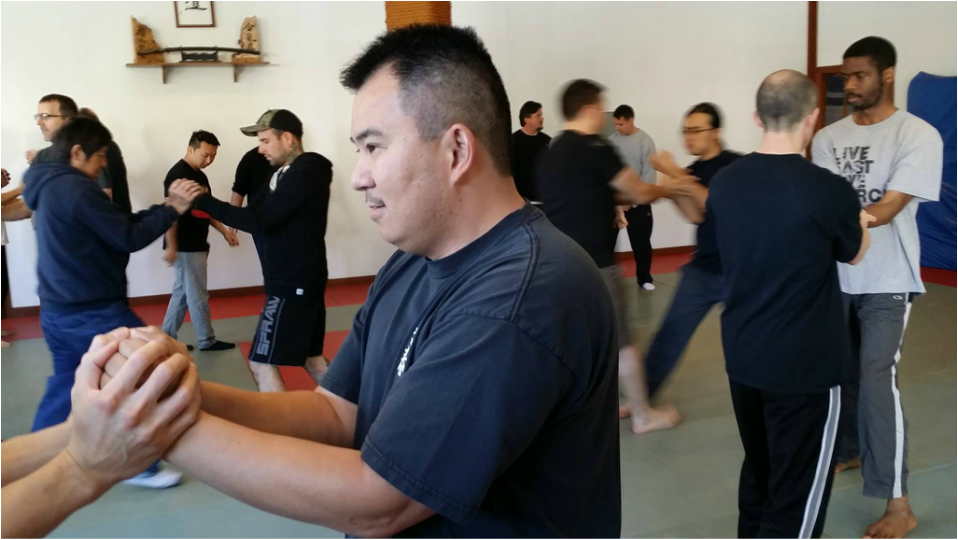When thinking about primary attributes in Wing Chun, we can consider 5 essential qualities:
POWER is perhaps the least understood attribute in Wing Chun; when we say power we are not talking about physical size and strength but instead mechanical conditions for power. The 3 main components to power in Wing Chun are ground connection (Heel to hand), body mass and waist; having said that, power does not discount the fact that a larger and stronger person can make use of mechanics that become enhanced by greater body mass and strength.
CHANGING refers to making yourself correct and your opponent wrong if your angle of attack is blocked; this involves actions studied in the Chi Sau instigation to redirect incoming force on a bridge. If the forward energy in rolling is not accounted for and redirected, it leaves us vulnerable to attack.
TIMING has to do with being slightly ahead of the opponent’s action, sometimes referred to as “on the way.” If timing is missing, this usually results in a power vs. power struggle. Timing is also a feature of having our hands in position and keeping them in position; so in effect the hands are already halfway to the target.
SPEED is a function of relaxation and is a key component to increasing power, and can be a part of the correct application of timing. Speed is a key ingredient to the overwhelming flurry of chain punching delivered to the opponent’s center-line.
DISTANCE refers to taking position, literally moving at an angle towards the opponent’s space (going inside the house to fight the fire). It puts you in position to maximize ground power and diminishes the opponent’s ability to maintain balance and ground connection; this also has the effect of stabilizing the target if the center of mass is controlled (aka chopstick in the fan).
This is a brief overview, but it gives some general guidelines to keep in mind when building Wing Chun muscle memory. In application these attributes are done in combination (trained in Chi Sau), the combined effect creating what I call a Wing Chun action.
POWER is perhaps the least understood attribute in Wing Chun; when we say power we are not talking about physical size and strength but instead mechanical conditions for power. The 3 main components to power in Wing Chun are ground connection (Heel to hand), body mass and waist; having said that, power does not discount the fact that a larger and stronger person can make use of mechanics that become enhanced by greater body mass and strength.
CHANGING refers to making yourself correct and your opponent wrong if your angle of attack is blocked; this involves actions studied in the Chi Sau instigation to redirect incoming force on a bridge. If the forward energy in rolling is not accounted for and redirected, it leaves us vulnerable to attack.
TIMING has to do with being slightly ahead of the opponent’s action, sometimes referred to as “on the way.” If timing is missing, this usually results in a power vs. power struggle. Timing is also a feature of having our hands in position and keeping them in position; so in effect the hands are already halfway to the target.
SPEED is a function of relaxation and is a key component to increasing power, and can be a part of the correct application of timing. Speed is a key ingredient to the overwhelming flurry of chain punching delivered to the opponent’s center-line.
DISTANCE refers to taking position, literally moving at an angle towards the opponent’s space (going inside the house to fight the fire). It puts you in position to maximize ground power and diminishes the opponent’s ability to maintain balance and ground connection; this also has the effect of stabilizing the target if the center of mass is controlled (aka chopstick in the fan).
This is a brief overview, but it gives some general guidelines to keep in mind when building Wing Chun muscle memory. In application these attributes are done in combination (trained in Chi Sau), the combined effect creating what I call a Wing Chun action.

